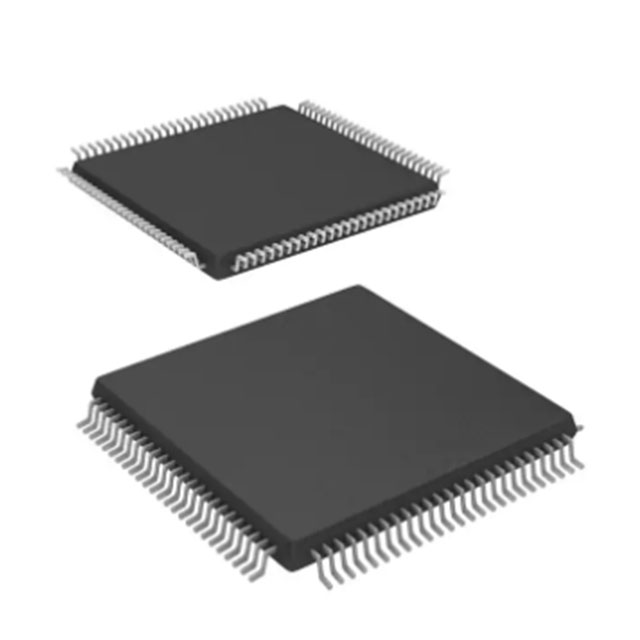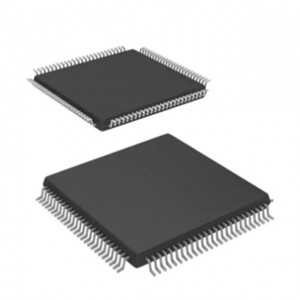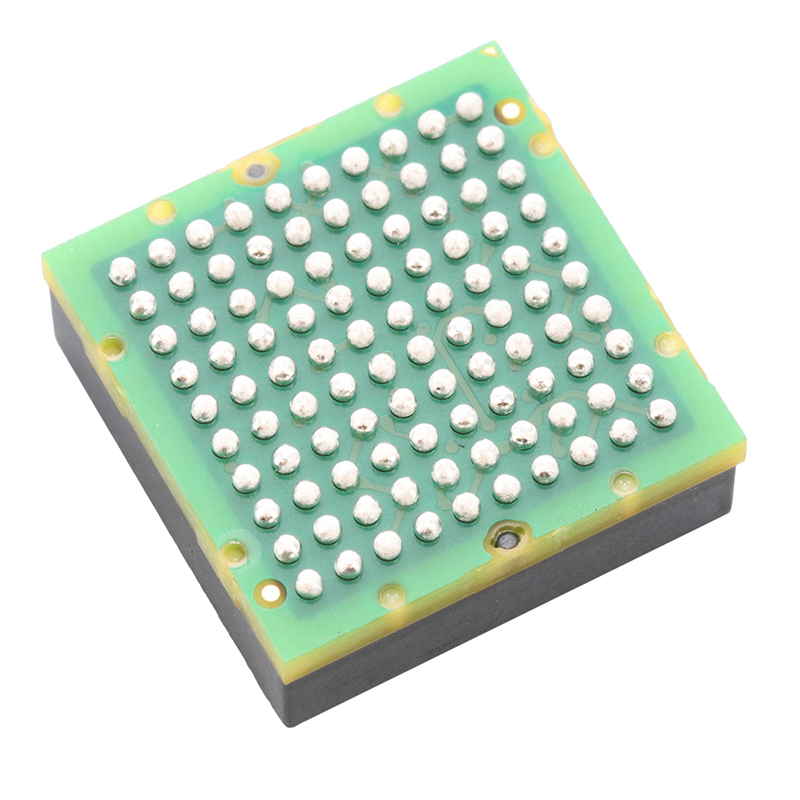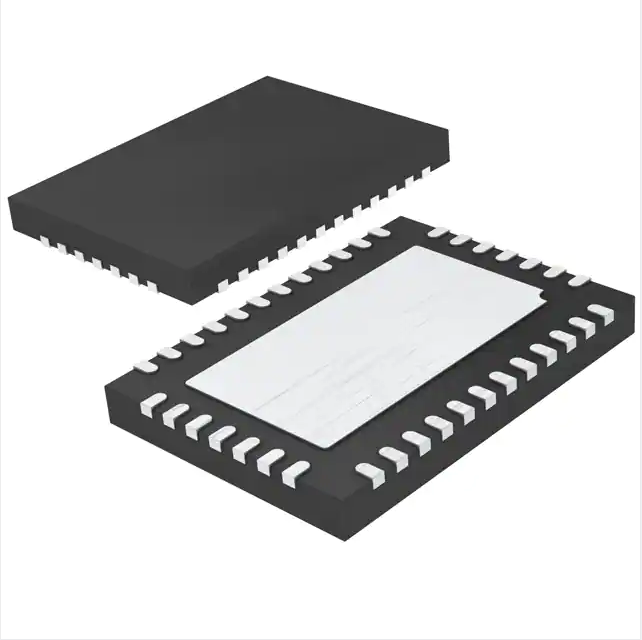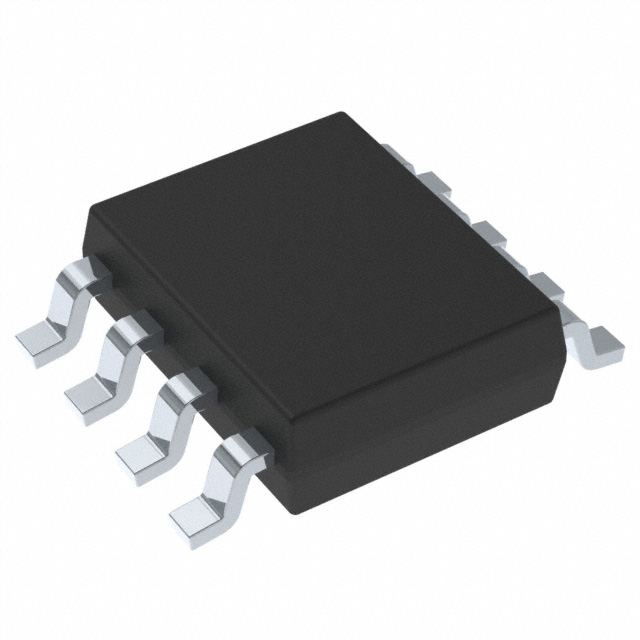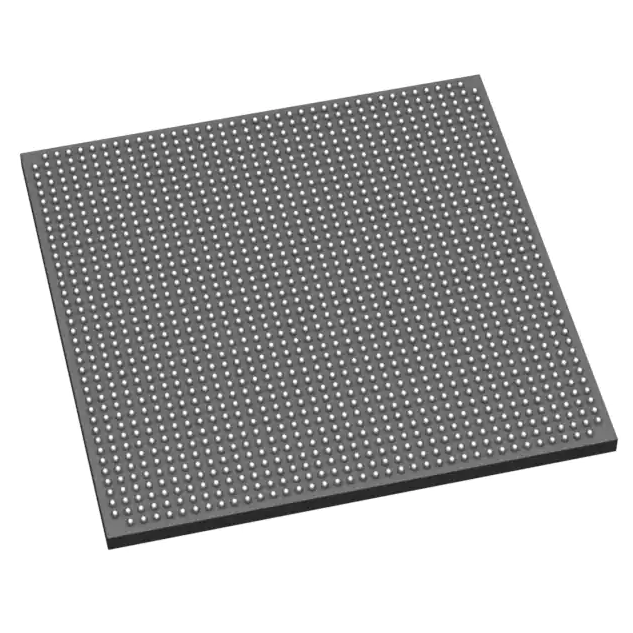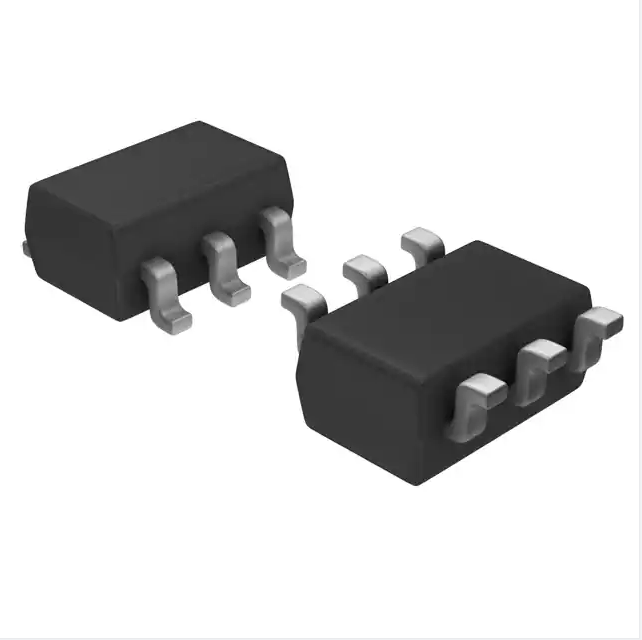5M240ZT100C5N Integrated Circuits New original integrated circuit IC Chip 5M240ZT100C5N
Product Attributes
| TYPE | DESCRIPTION |
| Category | Integrated Circuits (ICs)Embedded |
| Mfr | Intel |
| Series | MAX® V |
| Package | Tray |
| Product Status | Active |
| Programmable Type | In System Programmable |
| Delay Time tpd(1) Max | 7.5 ns |
| Voltage Supply – Internal | 1.71V ~ 1.89V |
| Number of Logic Elements/Blocks | 240 |
| Number of Macrocells | 192 |
| Number of I/O | 79 |
| Operating Temperature | 0°C ~ 85°C (TJ) |
| Mounting Type | Surface Mount |
| Package / Case | 100-TQFP |
| Supplier Device Package | 100-TQFP (14×14) |
| Base Product Number | 5M240Z |
Documents & Media
| RESOURCE TYPE | LINK |
| Product Training Modules | Max V Overview |
| Featured Product | MAX® V CPLDs |
| PCN Design/Specification | Quartus SW/Web Chgs 23/Sep/2021Mult Dev Software Chgs 3/Jun/2021 |
| PCN Packaging | Mult Dev Label Chgs 24/Feb/2020Mult Dev Label CHG 24/Jan/2020 |
| HTML Datasheet | MAX V HandbookMAX V Datasheet |
Environmental & Export Classifications
| ATTRIBUTE | DESCRIPTION |
| RoHS Status | RoHS Compliant |
| Moisture Sensitivity Level (MSL) | 3 (168 Hours) |
| REACH Status | REACH Unaffected |
| ECCN | EAR99 |
| HTSUS | 8542.39.0001 |
MAX™ CPLD Series
Altera MAX™ complex programmable logic device (CPLD) Series provides you with the lowest power, lowest cost CPLDs. MAX V CPLD family, the newest family in the CPLD series, delivers the market’s best value. Featuring a unique, non-volatile architecture and one of the industry’s largest density CPLDs, MAX V devices provide robust new features at lower total power compared to competitive CPLDs. MAX II CPLD family, based on the same groundbreaking architecture, delivers low power and low cost per I/O pin. MAX II CPLDs are instant-on, non-volatile devices that target general-purpose, low-density logic and portable applications, such as cellular handset design. Zero power MAX IIZ CPLDs offer the same non-volatile, instant-on advantages found in the MAX II CPLD family and are applicable to a wide range of functions. Manufactured on an advanced 0.30-µm CMOS process, the EEPROM-based MAX 3000A CPLD family provides instant-on capability and offers densities from 32 to 512 macrocells.
MAX® V CPLDs
Altera MAX® V CPLDs deliver the industry’s best value in low cost, low power CPLDs, offering robust new features at up to 50% lower total power when compared to competitive CPLDs. Altera MAX V also features a unique, non-volatile architecture and one of the industry’s largest density CPLDs. In addition, the MAX V integrates many functions that were previously external, such as flash, RAM, oscillators, and phase-locked loops, and in many cases, it delivers more I/Os and logic per footprint at the same price as competitive CPLDs. The MAX V utilizes green packaging technology, with packages as small as 20 mm2. MAX V CPLDs are supported by Quartus II® Software v.10.1, which allows productivity enhancements resulting in faster simulation, faster board bring-up, and faster timing closure.
What is a CPLD (Complex Programmable Logic Device)?
Information technology, the internet, and electronic chips serve as the foundation of the modern digital age. Almost all modern technologies owe their existence to electronics, from the internet and cellular communication to computers and servers. Electronics is a vast field with many sub-branches. This article will teach you about an essential digital electronic device known as CPLD (Complex Programmable Logic Device).
Evolution of Digital Electronics
Electronics is a complex field with thousands of electronic devices and components in existence. However, broadly speaking, electronic devices are in two main categories: analog and digital.
In the early days of electronics technology, circuits were analogous, such as sound, light, voltage, and current. However, electronics engineers soon found out that analog circuits are highly complex to design and expensive. The demand for speedy performance and quick turn-over times led to the development of digital electronics. Today almost every computing device in existence incorporates digital ICs and processors. In the world of electronics, digital systems have now completely replaced analog electronics due to their lower cost, low noise, better signal integrity, superior performance, and lower complexity.
Unlike an infinite number of data levels in an analog signal, a digital signal only consists of two logic levels (1s and 0s)
Types of Digital Electronic Devices
The early digital electronic devices were rather simple and consisted only of a handful of logic gates. However, over time, the complexity of digital circuits increased thus, programmability became an important feature of modern digital control devices. Two different classes of digital devices emerged to provide programmability. The first class consisted of fixed hardware design with reprogrammable software. Examples of such devices include microcontrollers and microprocessors. The second class of digital devices featured reconfigurable hardware to achieve flexible logic circuit design. Examples of such devices include FPGAs, SPLDs, and CPLDs.
A microcontroller chip features a fixed digital logic circuit that cannot be modified. However, programmability is achieved by changing the software/firmware that runs on the microcontroller chip. On the contrary, a PLD (programmable logic device) consists of multiple logic cells whose interconnections can be configured using an HDL (hardware description language). Therefore, many logic circuits can be realized using a PLD. Due to this, the performance and speed of PLDs are generally superior to that of microcontrollers and microprocessors. PLDs also provide circuit designers with a greater degree of freedom and flexibility.
Integrated circuits meant for digital control and signal processing typically consist of processor, logic circuit, and memory. Each of these modules can be realized using different technologies.
Introduction to CPLD
As discussed earlier, several different types of PLDs (programmable logic devices) exist, such as FPGA, CPLD, and SPLD. The primary difference between these devices lies in circuit complexity and the number of available logic cells. An SPLD typically consists of a few hundred gates, whereas a CPLD consists of a few thousand logic gates.
In terms of complexity, CPLD (complex programmable logic device) lies in between SPLD (simple programmable logic device) and FPGA and thus, inherits features from both these devices. CPLDs are more complex than SPLDs but less complex than FPGAs.
The most used SPLDs include PAL (programmable array logic), PLA (programmable logic array), and GAL (generic array logic). PLA consists of one AND plane and one OR plane. The hardware description program defines the interconnection of these planes.
PAL is quite similar to PLA however, there is only one programmable plane instead of two (AND plane). By fixing one plane, the hardware complexity reduces. However, this benefit is achieved at the cost of flexibility.
CPLD Architecture
CPLD can be considered as an evolution of PAL and consists of multiple PAL structures known as macrocells. In the CPLD package, all input pins are available to each macrocell, whereas each macrocell has a dedicated output pin.
From the block diagram, we can see that a CPLD consists of multiple macrocells or function blocks. The macrocells are connected through a programmable interconnect, which is also referred to as GIM (global interconnection matrix). By reconfiguring the GIM, different logic circuits can be realized. CPLDs interact with the outer world utilizing digital I/Os.
Difference between CPLD and FPGA
In recent years, FPGAs have become very popular in the designing of programmable digital systems. There are many similarities as well as differences between CPLD and FPGA. As for similarities, both are programmable logic devices consisting of logic gate arrays. Both devices are programmed using HDLs such as Verilog HDL or VHDL.
The first difference between CPLD and FPGA lies in the number of gates. A CPLD contains a few thousand logic gates, whereas the number of gates in an FPGA can reach millions. Therefore, complex circuits and systems can be realized using FPGAs. The downside of this complexity is a higher cost. Hence, CPLDs are more suitable for less complex applications.
Another key difference between these two devices is that CPLDs feature a built-in non-volatile EEPROM (electrically erasable programmable random-access memory), whereas FPGAs feature a volatile memory. Due to this, a CPLD can retain its contents even when powered off, while an FPGA cannot retain its content. Moreover, due to built-in non-volatile memory, a CPLD can start operating immediately after power-up. Most FPGAs, on the other hand, require a bit-stream from an external non-volatile memory for start-up.
In terms of performance, FPGAs have an unpredictable signal processing delay due to highly complex architecture combined with the user’s custom programming. In CPLDs, the pin-to-pin delay is significantly smaller due to simpler architecture. The signal processing delay is an important consideration in the design of safety-critical and embedded real-time applications.
Due to higher operating frequencies and more complex logic operations, some FPGAs might consume more power than CPLDs. Thus, thermal management is an important consideration in FPGA-based systems. Due to this reason, FPGA based systems often employ heat sinks and cooling fans and need larger, more complex power supplies and distribution networks.
From an information security point of view, CPLDs are more secure as the memory is built into the chip itself. On the contrary, most FPGAs require external non-volatile memory, which can be a data security threat. Although data encryption algorithms are in FPGAs, CPLDs are inherently more secure in comparison to FPGAs.
Applications of CPLD
CPLDs find their application in many low-to-medium complexity digital control and signal processing circuits. Some of the important applications include:
- CPLDs can be used as bootloaders for FPGAs and other programmable systems.
- CPLDs are often used as address decoders and custom state machines in digital systems.
- Due to their small size and low power consumption, CPLDs are ideal for use in portable and handheld digital devices.
- CPLDs are also used in safety-critical control applications.






